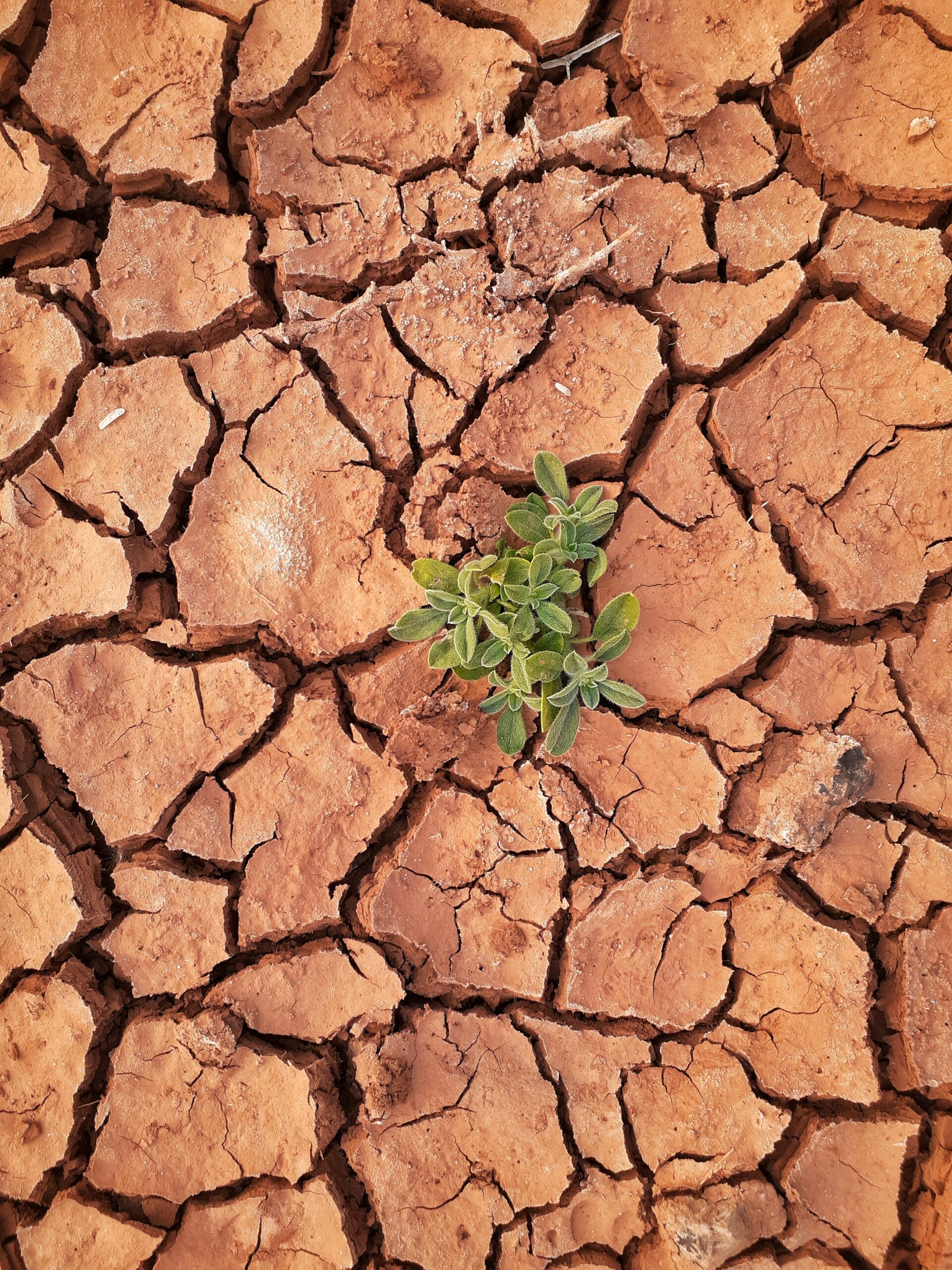Will one dilemma lead into the next? How the climate crisis challenges human health
Chronic wounds represent a complex disease phenomenon, both regarding their development and in their care. In contrast, the explanation for both the factors driving the climate crisis and who is responsible for these factors´ fatal effects is much less complex. The changes in climate conditions worldwide are massively affecting all areas of human life. They threaten the health of many parts of the population. In a four-part series on our blog, we will demonstrate the consequences of the climate crisis for human health, by example of the problematic effects of heat on the pathology of chronic wounds.
1. Heat waves increase health risks
The climate all around the globe is changing rapidly. It is heading for disaster, if we do not act now. Therefore, we must not hesitate any longer to set effective measures. Periods with temperatures way above the average are already more common. At the same time, they are more severe and last longer. Heat waves are one of the most noticeable consequences of the ongoing climate crisis. Thus, more and more people in many of the world´s regions are exposed to higher health risks. The current changes in the climate more strongly affect the population of Europe and that of the eastern Mediterranean, compared to people living on the African continent or in southeast Asia. This may be the result of the larger proportion of older people living in cities in these countries´ societies.
Heat waves cause immense damages, which concern humans by both direct and indirect means. They lead to human suffering. Persistent heat is associated with excess mortality. If the apparent temperature is above 35 degrees, mortality increases in relation to the temperature and duration of the heat wave. The apparent temperature corresponds to the thermal sensation of an average adult in an outside environment. It does not only rely solely on the air temperature, shown on the thermometer. Humidity, air pressure and wind force are also taken into account. In some extreme cases, the apparent temperature can be up to 15 degrees above the air temperature.
Interactions, closely intertwined
The effects temperatures above the average have on human health affect the whole population. However, they particularly impact people over 65 years of age, the chronically ill and people with cardiovascular diseases. The same applies to diabetics, people with lung diseases, urban dwellers and young children. Being overweight, underweight or limited in mobility are also conditions that make heat a significant challenge to the body.
Age, cardiovascular disease, diabetes and obesity not only put people at greater risk of heat-related health problems. These aspects also influence decisively whether and to what extent a chronic wound can develop in a person. There are numerous, strongly interacting processes in the body that mark the correlations between the development of a chronic wound, wound healing and above-average temperatures. We would like to explore these correlations in the four parts of our blog series.
Bodily functions at high speed
As a starting point for our analysis, we would like to briefly explain the basic mechanisms in the human body, enabling it to manage heat stress:
In order to limit the body´s internal temperature and to allow cooling down, the skin begins to sweat. The sweat evaporates on the skin surface, thereby heat can be released. In addition, skin blood circulation is amplified. The blood vessels dilate in return, blood flow increases, and blood pressure drops. In acute overheating, skin blood flow can rise to as much as six to eight liters per minute. By contrast, if the body can maintain its internal temperature constant in an environment without having to emit heat, skin blood flow amounts to only a quarter of a liter per minute. This huge difference enormously challenges the organism of a human being.
In order to cope with heat stress and enable the body to react, the heart must work more intensively. It must pump faster and stronger, its demand in oxygen increases. This can be very problematic for people with a heart disease. If people are overheated and do not drink enough, they can become dehydrated. Increased sweating causes losses in fluids, which must be quickly resupplied to the body. Otherwise, fluid balance within the body might run out of control. If dehydration occurs, blood volume decreases and the blood becomes more viscous. This additionally increases the strain on the cardiovascular system.
Summing up and looking ahead
Heat already challenges the physical functions of healthy people. If someone is of advanced age, needs care and/or is chronically ill, the stress is rising. It manifests itself in various symptoms. These symptoms might also have interacting effects, and result in a greater impact overall. For our example, the pathology of chronic wounds, this means: If blood circulation in the skin is limited due to health issues, this negatively affects thermoregulation. At the same time, the risk for chronic wounds is increasing, because the supply of oxygen and nutrients to the skin or tissue is not sufficient.
In the second part of this blog series, we will take an in-depth look at blood circulation in our body. As previously described, it fulfills essential functions in the regulation of body temperature. In addition, circulatory disorders can have a massive impact on the skin and tissue. Sweating will become a topic in the upcoming blogpost, as do changes in human sweat glands as a result of the aging process. These changes can influence wound healing.
